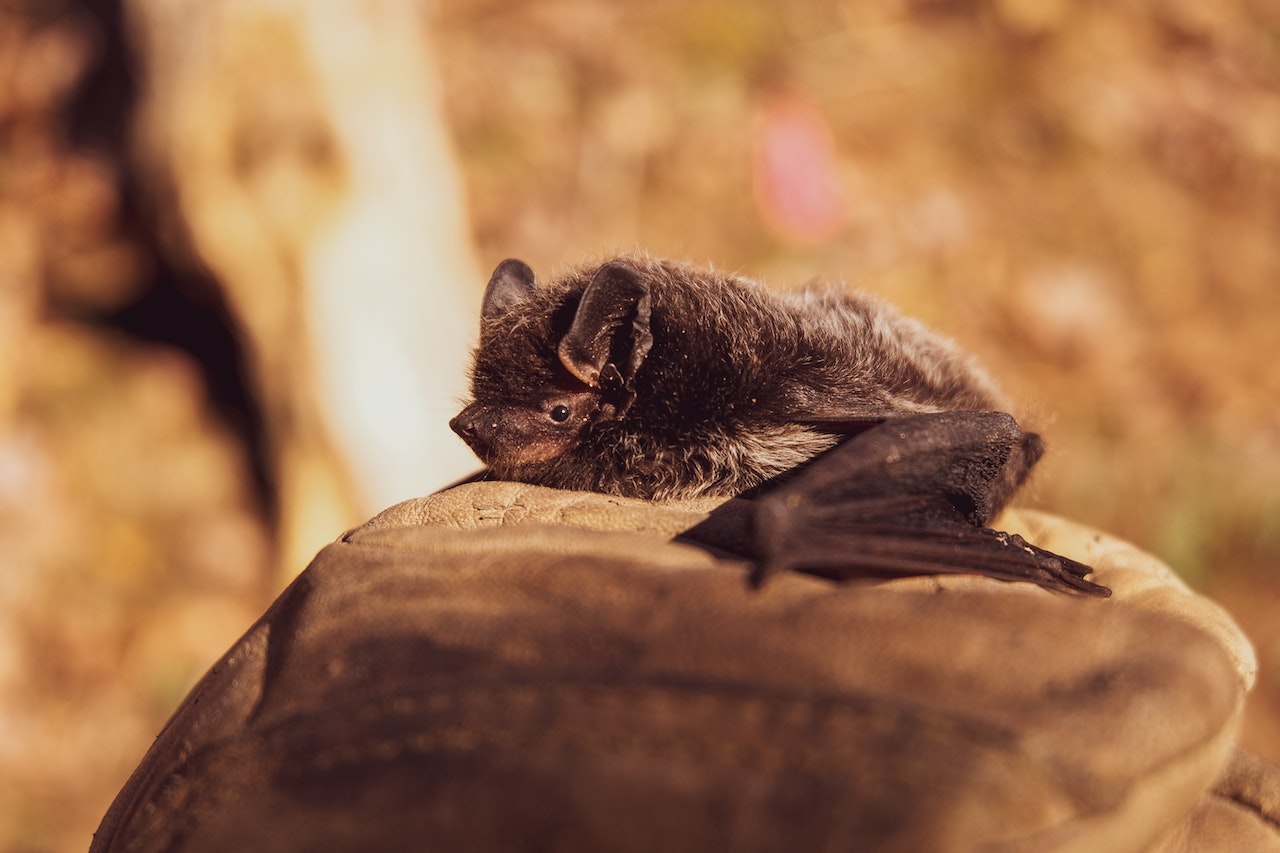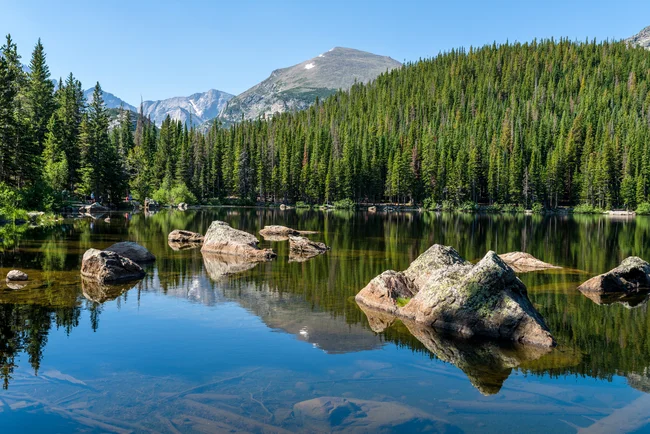In the 1980s, the British government started enacting legislation to save bats, beginning with the Wildlife and Countryside Act of 1981. European laws such as the Conservation of Habitats and Species Regulations 2010 safeguard British bat species as well. Bats and their roosts are protected under these regulations. It was against the law to purposefully or inadvertently disturb bats while they were roosting. Unless it is done for blatantly humanitarian reasons, it is against the law to touch, kill, or hurt bats.
It is illegal to sell bat parts or maintain bats in captivity. Furthermore, it is forbidden to destroy, harm, or disrupt bat habitats. Remember that even if they are not residing there, this is still true. In the end, whether you're buying an urban property that has to be torn down and rebuilt or a rural one that needs to be renovated, you need to employ bat survey specialists before you buy.
Why are bats and their environment protected by so many laws? It's because bats both directly and indirectly safeguard the ecosystem.
Pest Control
Thousands of insects are consumed by all bats each night, however the precise amount depends on the size of the bat. Even the tiniest pipistrelle bats may consume up to 3,000 flying insects per evening. They could consume flies, moths, or mosquitoes. They provide organic pest management regardless of the species they consume. For this reason, putting up bat homes and guarding bat roosts may help cut down on the amount of pesticides required.
The Process Of Pollination

Bats are important seed-spreaders and pollinators in various regions of the planet. For instance, in the southwestern United States, bats carry out the same function of pollination for agave plants as do bees for the majority of wildflowers in Britain. They disperse seeds and consume fruit in similar ways to many other birds. Although they don't perform these functions in the UK, bats' presence may be used to gauge the size and condition of their native habitat. For instance, the presence of bats, who eat mostly insects found exclusively in wholesome, leisurely-moving rivers, indicates that the region is doing well.
A Biodiversity Marker
Of the sixteen species of British bats, fifteen may utilize structures for summer roosting, at least in part. The sixteenth just cannot, and their continued existence depends on natural places being preserved. Bats perch on exposed rock faces and in caves by nature. Whether it's forced migration or building in the region, they don't take disruption well. In severe cases, it may result in the death of adult bats, the desertion of young bats, or the collapse of the colony as a whole.
Particularly at risk are bats that hibernate in the winter and give birth in the summer. That does imply that under regulations intended to preserve natural roosting places, you may find yourself in legal hot water if you attempt to chase bats out of your attic. Only a professional with authorization from the planning authorities may lawfully accomplish this.
Bat surveys are extremely common, and they're carried out in many locations primarily to locate bats so that construction doesn't disturb them. Environmentalists often conduct independent surveys of protected species to assess the condition of the surrounding environment.
Read Also: Advantages and Disadvantages of Owning a Small Dog Breed
What Happens If These Laws Are Broken? What Are the Penalties?

A transgression of wildlife laws carries a maximum fine of five thousand pounds and a maximum sentence of six months in jail. But that's specific to every species. This implies that setting a shed on fire where numerous bats were roosting may result in several years behind bars.
Hiring a constructor or demolition contractor to do work without considering protected species may also get you in hot water. For instance, one development business ran afoul of the law after causing harm to a great crested newt's nesting area. Whether or whether the planning system indicates that a study of this kind is required given the property's location, you may prevent these issues by having initial site surveys conducted by a qualified ecologist.


 (1).webp)





